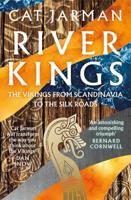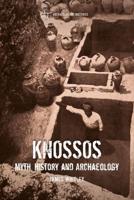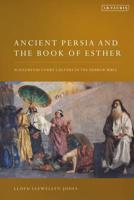Publisher's Synopsis
The Great Orme copper mine on the coast of north Wales is one of the largest surviving Bronze Age mines in Europe. But where did all the copper go? Until now this remained something of a mystery. It was claimed in the 1990s that the mine only produced a low impurity type of copper that was uncommon in the British Bronze Age. These claims had marginalised the mine as an unimportant copper source, whose extensive workings were explained away as being merely the result of small-scale workings over nearly a thousand years. However, the results of this new interdisciplinary research, which combines archaeological and geological knowledge with the latest scientific analytical methods, radically changes that picture. This new evidence reveals a copper mine of European importance, which dominated Britain's copper supply for two centuries (c. 1600-1400 BC), with some metal reaching mainland Europe stretching from Brittany to the Baltic. This zenith period of large-scale production is thought to have required a full-time mining community, possibly supported or controlled by the agriculturally richer area of north-east Wales with its strategic links into wider communication networks. Overall, the new evidence suggests that Britain was far more integrated into European trade/exchange networks than was previously suspected.









